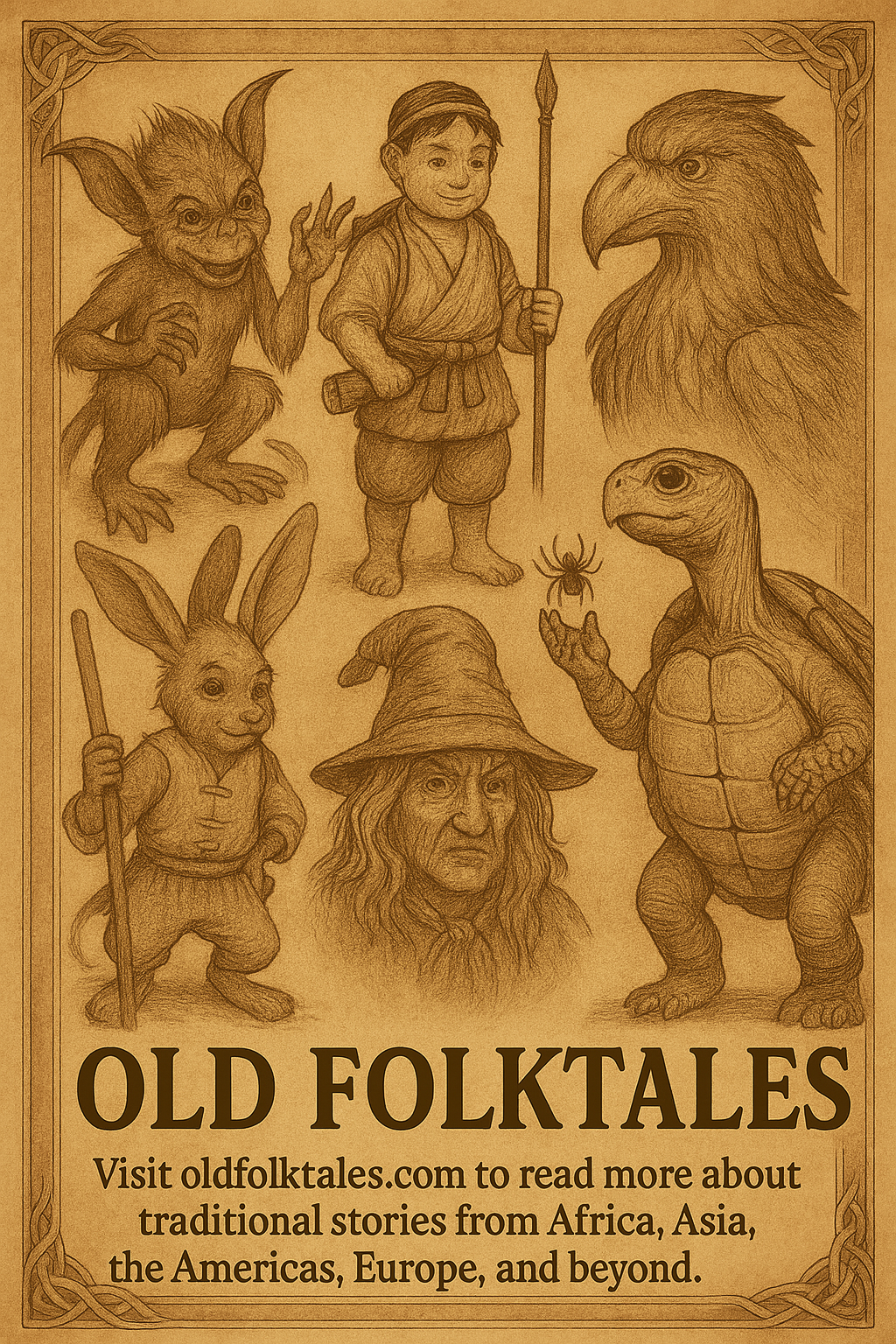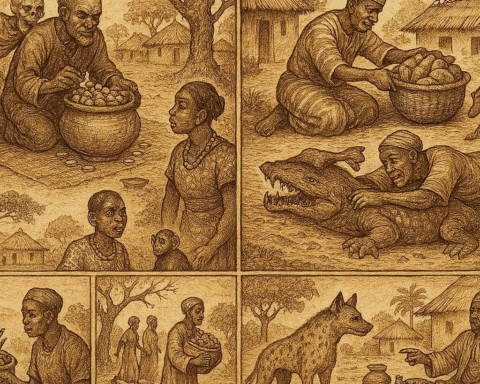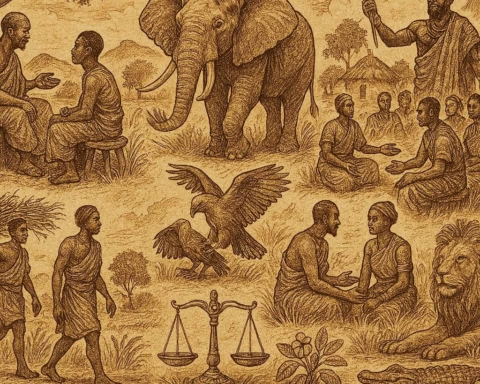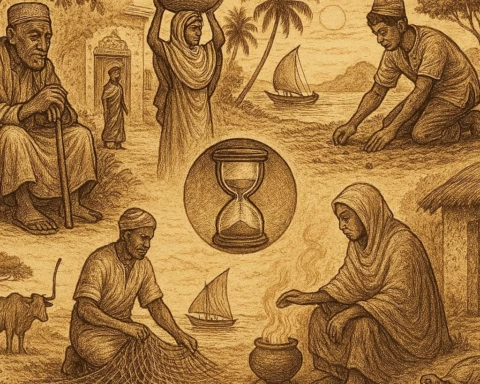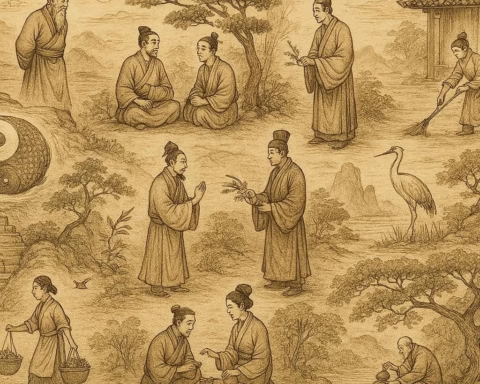Every August, the bustling streets of Davao City transform into a living canvas of color, music, and movement. The air thrums with the steady beat of drums, the rustle of elaborate costumes, and the aroma of tropical fruits. This is Kadayawan, the grand festival that honors the city’s indigenous roots, the bounty of nature, and the harmony of its people.
The name “Kadayawan” comes from the Mandaya word “madayaw,” meaning “good,” “beautiful,” or “valuable.” True to its name, the festival is a celebration of all things good, good harvests, good health, good relationships, and the enduring beauty of Davao’s diverse cultures.
From Tribal Ritual to Citywide Celebration
Kadayawan’s origins go back to the centuries-old pagani rituals of the Bagobo, Mandaya, Manobo, and other indigenous tribes of Mindanao. These rituals were thanksgiving ceremonies for a plentiful harvest, performed to honor Manama, the Supreme Being, and Bulul, the spirits of nature. Offerings of fruits, grains, and flowers were made to ensure future abundance and continued harmony with the environment.
In the 1980s, Davao City leaders sought to unify the city’s 11 recognized tribes and showcase their culture in a modern celebration that would also boost tourism. Thus, Kadayawan was born, keeping the heart of the tradition intact while expanding it into a grand urban festival. Today, it is considered the “Festival of Festivals” in Mindanao.
The Heart of Kadayawan: The Tribes
Eleven tribes form the cultural soul of Kadayawan: Ata, Bagobo-Klata, Bagobo-Tagabawa, Matigsalug, Obu-Manuvu, Tausug, Maguindanaon, Maranao, Sama, Kagan, and Iranun. Each tribe brings its own music, dance, language, and colorful attire.
READ: 6 Filipino Harvest Festivals and Their Sacred Roots
During the Indak-Indak sa Kadalanan (street dancing parade), dancers perform elaborate movements inspired by planting, harvesting, and tribal rituals. Their costumes shimmer with beadwork, handwoven fabrics, and feathered headdresses, each telling a story of identity and history.
Feast for the Senses
Kadayawan is also a celebration of Davao’s natural bounty. The city, blessed with fertile soil and a tropical climate, produces some of the country’s most prized fruits: durian, mangosteen, pomelo, and rambutan. At the Agro-Industrial Trade Fair, stalls overflow with fresh produce, local crafts, and indigenous delicacies.
The Floral Float Parade is another highlight, vehicles transformed into mobile gardens, covered in orchids, anthuriums, and other blooms native to Mindanao. These floats glide down the streets like fragrant waves of color, each design reflecting the creativity of its makers.
Cultural Pride and Modern Joy
While Kadayawan retains its deep tribal roots, it has also embraced contemporary elements. Live music concerts, street parties, and food festivals draw both locals and tourists. Yet, even in the middle of modern festivities, the respect for indigenous traditions remains evident. Tribes are given central roles, ensuring that Kadayawan is not merely entertainment but a living classroom of Mindanaoan heritage.
A Message Woven in Celebration
Kadayawan’s enduring charm lies in its ability to blend the old and the new, the indigenous and the modern, into one harmonious celebration. It reminds its people, and the thousands of visitors who witness it, that prosperity is rooted in gratitude, and unity is born from honoring diversity.
The Moral of the Kadayawan Festiva
The Kadayawan Festival teaches that true abundance is not only in the harvest but also in the harmony between people and the earth. It shows that diversity, when celebrated, becomes a source of strength, and that gratitude deepens our connection to both our roots and our future.
Knowledge Check: Kadayawan Festival
1. What does the word “Kadayawan” mean?
It comes from the Mandaya word “madayaw,” meaning good, beautiful, or valuable.
2. Which city hosts the Kadayawan Festival?
Davao City, Mindanao, Philippines.
3. How many tribes are recognized as part of Kadayawan’s cultural roots?
Eleven indigenous and Moro tribes.
4. What is “Indak-Indak sa Kadalanan”?
A street dancing event where performers showcase tribal dances in colorful costumes.
5. What fruits is Davao famous for during Kadayawan?
Durian, mangosteen, pomelo, and rambutan.
6. What moral lesson does Kadayawan convey?
That abundance is found in gratitude and that unity grows when diversity is celebrated.
Origin: Davao City, Mindanao, Philippines

